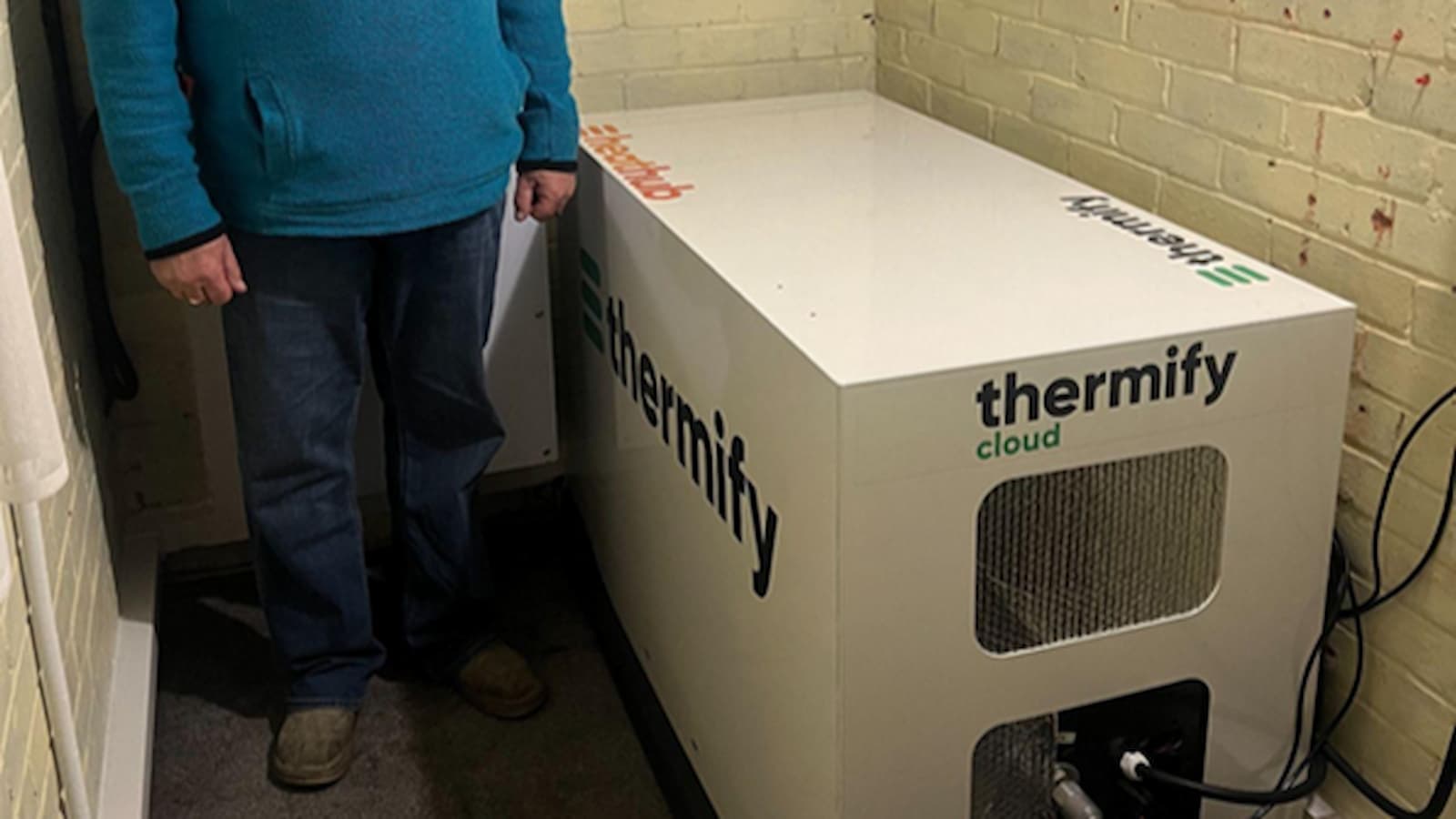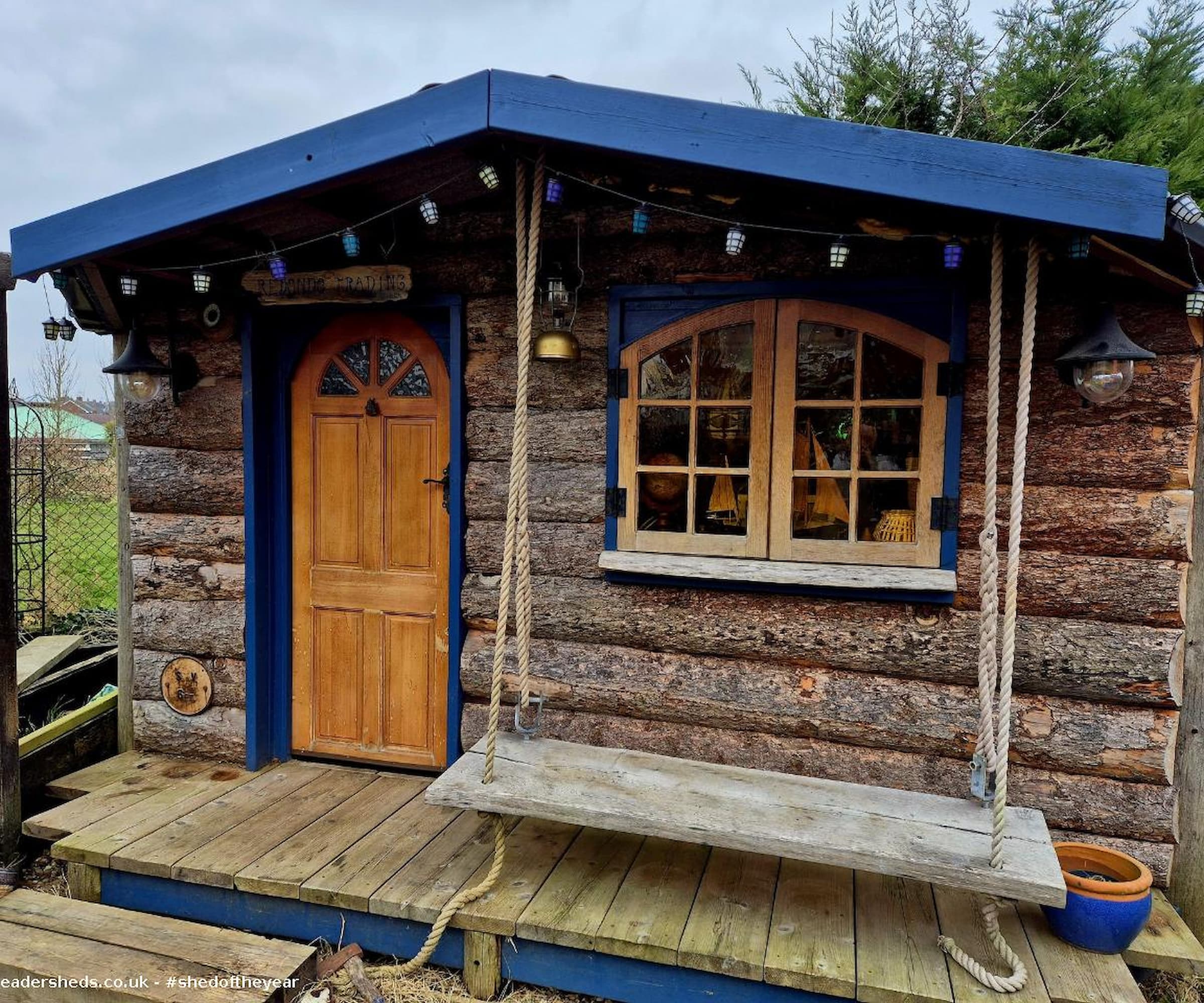Sheds turned into energy rooms as UK trial cuts monthly household energy bills from £375 to £40
A garden shed in Essex is using computer heat to cut bills – and the technology could soon help other UK homes save too

A quiet Essex bungalow has become the unlikely test bed for a new way of heating homes using recycled energy from tiny computers.
At a time when energy price rises have pushed many households to look for alternatives, the couple living there have turned their garden shed into a working “energy room” that now powers most of their heat and hot water.
The result is a dramatic fall in their monthly bills, dropping from around £375 to as little as £40.
Data workloads become heat in a garden shed

Terrence and Lesley Bridges, who live in a two-bedroom bungalow near Braintree, are the first household in the country to replace their traditional gas boiler with a HeatHub – a compact data centre installed in their brick shed.
The unit contains more than 500 Raspberry Pi computers immersed in oil; as they process data for paying clients, the waste heat is captured and transferred into the home’s hot water and radiator system.
Their shed has effectively become a small-scale boiler room powered not by combustion or electricity bills, but by 'computational' work carried out on behalf of third-party customers.
Bills collapse under the new heating model

The trial is part of UK Power Networks’ SHIELD programme, which aims to find low-cost, low-carbon heating solutions for households on modest incomes.
Bring your dream home to life with expert advice, how to guides and design inspiration. Sign up for our newsletter and get two free tickets to a Homebuilding & Renovating Show near you.
Because Thermify, the company behind the HeatHub, earns revenue from clients who pay to run their digital workloads on the hardware, the electricity used by the computers is covered by that data-processing business model.
Combined with solar panels and solar batteries also installed under the SHIELD scheme, the Bridges’ total monthly energy spend has plunged to £40–£60 – a reduction of almost 90%.
“SHIELD is our flagship innovation project,” said Jack McKellar, UK Power Networks’ innovation programme manager.
McKellar said the initiative directly supports the company’s consumer vulnerability and fuel poverty strategy: “We don’t want anyone to miss out on the benefits of new and emerging technologies as the UK moves towards a greener future. This project combines cutting-edge kit with a pioneering Social Energy Services Company model to help households save money and reduce emissions.”
Outbuildings become utility hubs in emerging energy trend

While this is the first household to adopt a data-heated home, the trial signals a broader shift in how UK homes may be powered in the coming decade.
The modest garden shed, once an optional extra in property listings, is increasingly becoming a vital space for housing modern energy hardware, including solar inverters, batteries, heat stores and now data-centre modules.
Over the next four years, up to 300 homes across the East and South East will join the trial. Backed by Ofgem’s Strategic Innovation Fund, UK Power Networks intends to gather enough evidence to scale the system dramatically.
“We aim to scale this up to 100,000 units annually by 2030,” McKellar said, calling the trial an important step in delivering affordable, sustainable energy solutions nationwide.

News Editor Joseph has previously written for Today’s Media and Chambers & Partners, focusing on news for conveyancers and industry professionals. Joseph has just started his own self build project, building his own home on his family’s farm with planning permission for a timber frame, three-bedroom house in a one-acre field. The foundation work has already begun and he hopes to have the home built in the next year. Prior to this he renovated his family's home as well as doing several DIY projects, including installing a shower, building sheds, and livestock fences and shelters for the farm’s animals. Outside of homebuilding, Joseph loves rugby and has written for Rugby World, the world’s largest rugby magazine.
